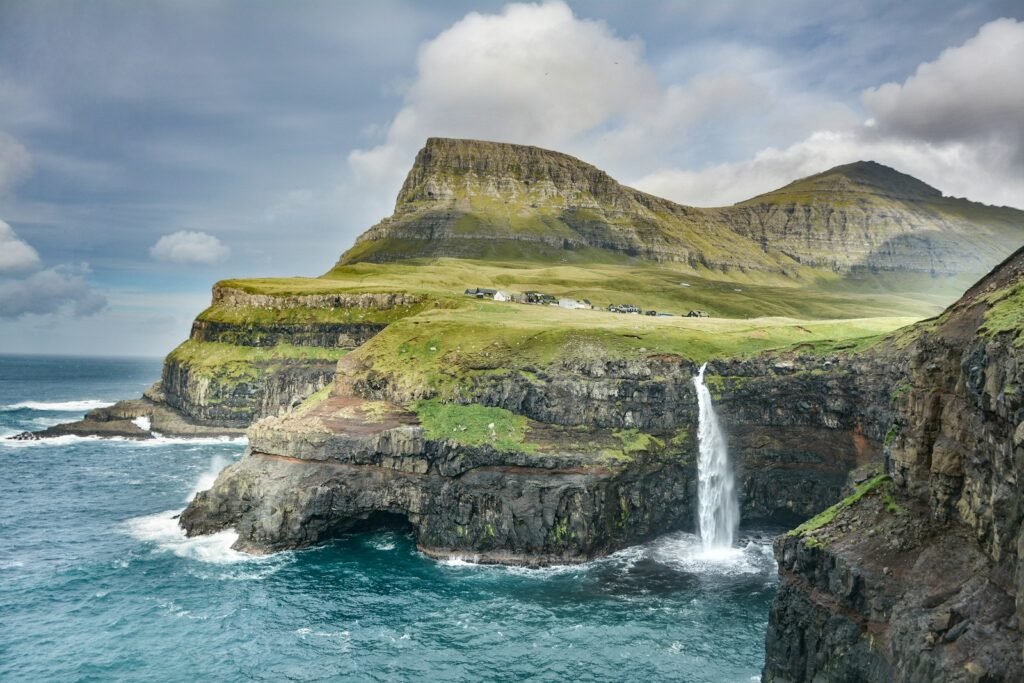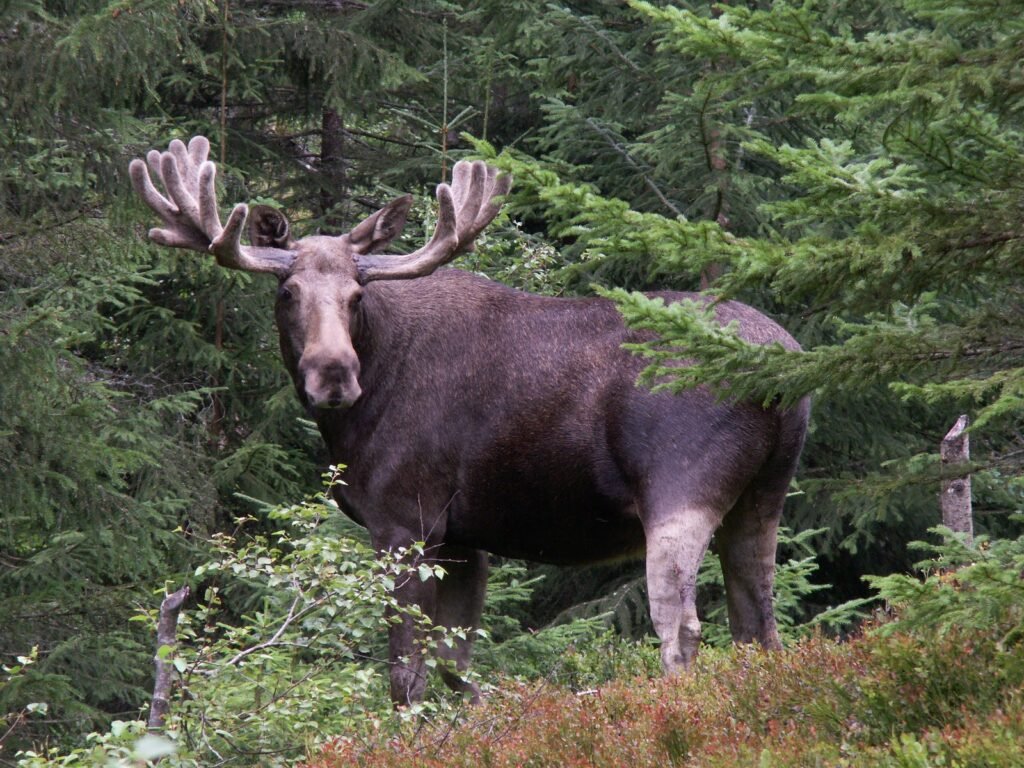On Hawaiʻi Island, a quiet line was crossed in March 2024 when federal biologists drew new boundaries around roughly one hundred nineteen thousand acres of forest, lava plain, and wind-blown coast. Those blue lines on a map signal an emergency: fourteen species, all found nowhere else, now ride the knife-edge between survival and silence. The stakes feel personal when you’ve brushed past a loulu palm on a misty ridge or watched a picture‑wing fly arc like a falling ember under native canopy. This is a story about the tug-of-war between drought, wildfire, and invasive animals on one side, and fences, seed banks, and bold new tools on the other. The outcome will decide whether future hikers meet these species in the wild – or only in old field notes and herbarium drawers.
The Hidden Clues
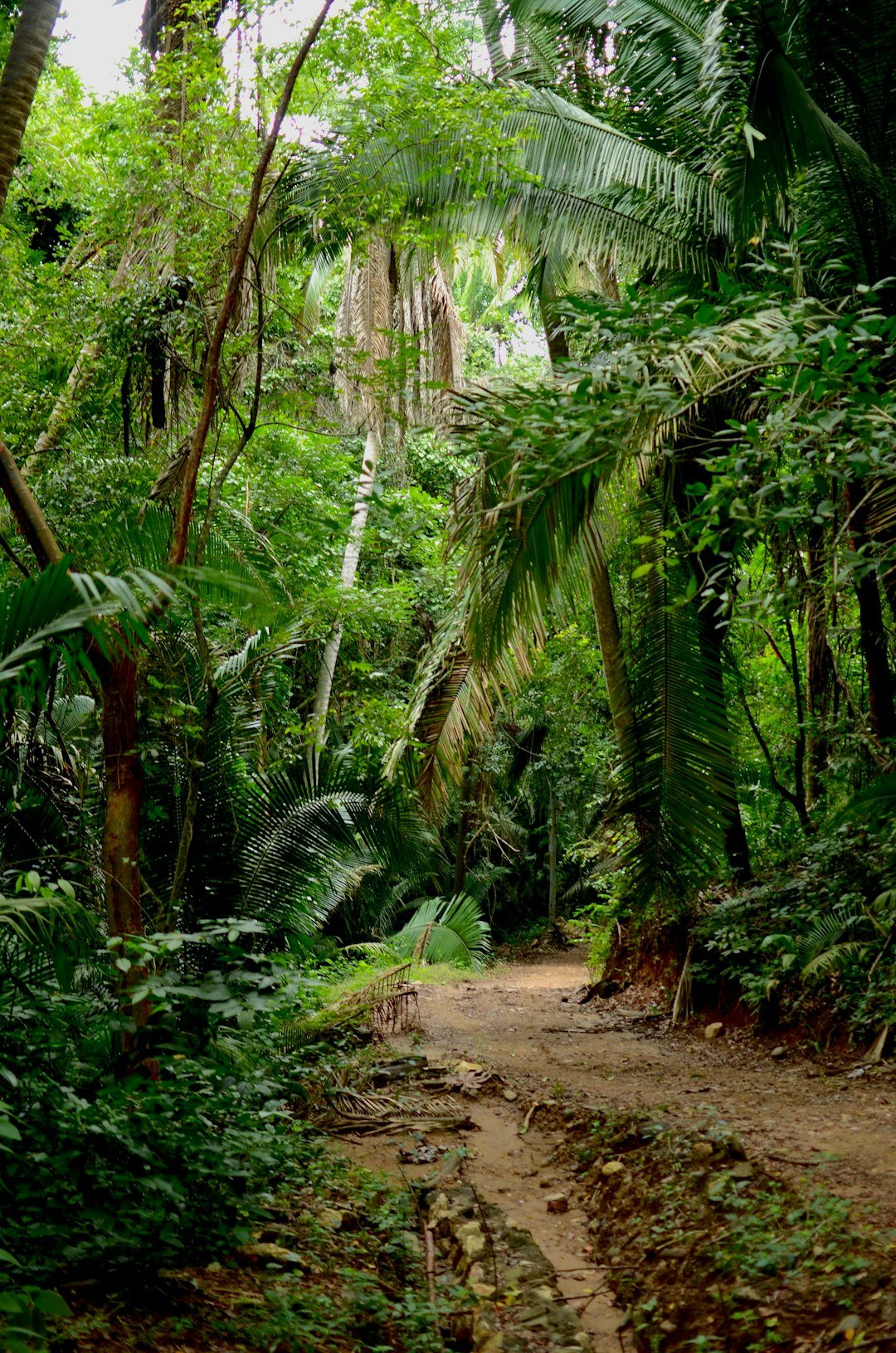
Look closely and the clues are everywhere: hoof-scarred soil under native trees, a patch of charred hillside where nonnative grasses flashed like tinder, a shrinking anchialine pool breathing with the tides through underground lava tubes. In March 2024, the U.S. Fish and Wildlife Service finalized critical habitat for twelve of fourteen federally listed species on Hawaiʻi Island, a step that triggers careful review of federal actions in those places. Two species – the loulu palm Pritchardia lanigera and the tiny anchialine‑pool shrimp Vetericaris chaceorum – were exempted from mapped habitat because public disclosure could encourage poaching. That sounds bureaucratic, but it’s really triage: protect what we can on the ground while shielding what secrecy still can. For conservation crews, those mapped polygons translate to fence lines to fix, weeds to pull, and seed collections to rush into cold storage. For the public, they’re a reminder that every trailhead boot brush and stay‑on‑path sign is part of a larger rescue plan.
The Vanishing Fourteen
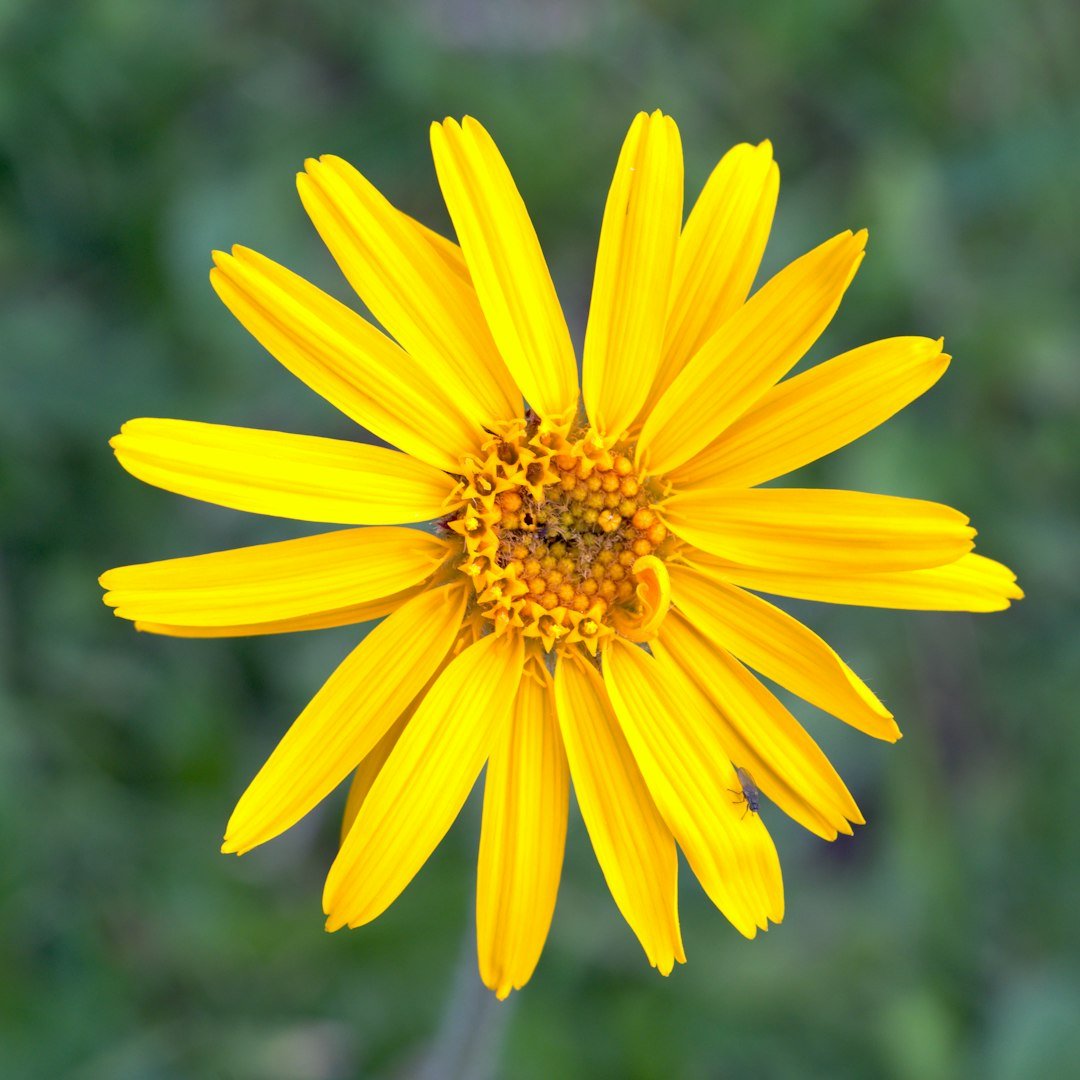
So who’s on the brink? Eleven plants anchor the list: Bidens hillebrandiana ssp. hillebrandiana, Cyanea marksii, Cyanea tritomantha, Cyrtandra nanawaleensis, Cyrtandra wagneri, Melicope remyi, Phyllostegia floribunda, Pittosporum hawaiiense, Schiedea diffusa ssp. macraei, Schiedea hawaiiensis, and Stenogyne cranwelliae. Each evolved in island niches so specific that a single storm, pig incursion, or new vine can tip the balance. The remaining three are the loulu palm Pritchardia lanigera, the anchialine‑pool shrimp Vetericaris chaceorum, and a native picture‑wing fly, Drosophila digressa, a delicate emblem of intact native forest. It’s a cast without a headline mammal, which is partly why these species can slip from public view until the stakes turn stark. The quiet truth is that losing any one of them tears a hole in the ecological fabric that other native species – birds, insects, microbes – use as shelter, pantry, and nursery.
Forces Converging on an Island
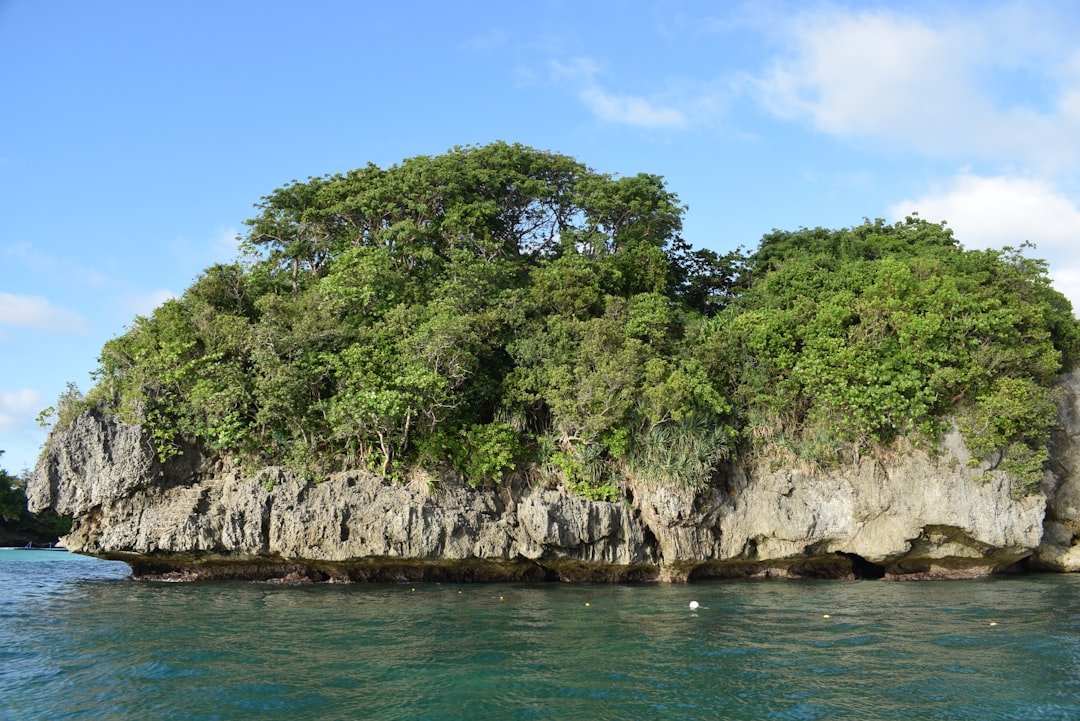
The pressures hitting these species aren’t subtle; they’re a drumbeat. Invasive ungulates like pigs and goats churn soil, open the canopy, and invite aggressive grasses that feed hotter, faster fires; after the flames, those same grasses bounce back first. Prolonged drought tightens the vise, turning seasonal stress into multi‑year scarcity for seedlings that need a few good wet years to establish. Pathogens and pests – some old foes, some newly arrived – find weakened plants and finish the job, while a warming climate shifts cloud cover upslope and changes the moisture regime entire ecosystems rely on. Anchialine pools face a different squeeze as groundwater pumping, coastal development, and sea‑level rise alter their delicate salinity and chemistry. Add it up and you get death by a thousand cuts, with each cut made deeper by the last.
From Ancient Tools to Modern Science

On any given week, you’ll find crews leaning on the oldest tools – a sharp blade, a sturdy fence, an extra pair of hands – right beside tech that would have baffled their predecessors. Remote‑sensing maps help pinpoint weed fronts, and drones scout cliffs where a single Schiedea hangs on like a climber’s last grip. In seed labs, liquid‑nitrogen freezers bank genetic futures while propagators coax rare plants into life for outplanting. Conservationists are also testing biological controls that target the problem, not the place; across Maui and Kauaʻi, programs are releasing male mosquitoes carrying a natural bacterium to crash the populations that spread avian malaria, buying time for native birds whose songs tie these forests together. The lesson is simple and stubborn: old‑school stewardship and cutting‑edge science are not rivals here, they’re partners. Without both, the odds tilt the wrong way.
The Hidden Clues in the Forest Birds
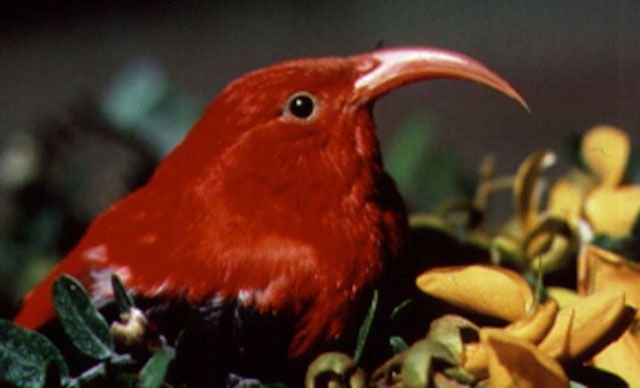
If you want a live barometer for the forest’s health, listen for honeycreepers. Once there were more than fifty species in this radiant bird group; today only about seventeen remain, and several teeter on the edge. On Maui, fewer than two hundred kiwikiu persist, while on Kauaʻi the ʻakikiki dwindled to a single known wild bird by 2024 before captive efforts became the species’ safety net. Genetic studies show these birds still carry surprisingly rich diversity, yet modeling suggests some, like the ‘akekeʻe, will vanish under current conditions without mosquito control. Their trajectory matters here because the plants on the fourteen‑species list form the very forests honeycreepers need, and the birds, in turn, shuttle pollen and seeds across ridges and gulches. Save the plants and you support the birds; save the birds and you help maintain the forests that protect the plants – it’s conservation as a closed loop.
Why It Matters
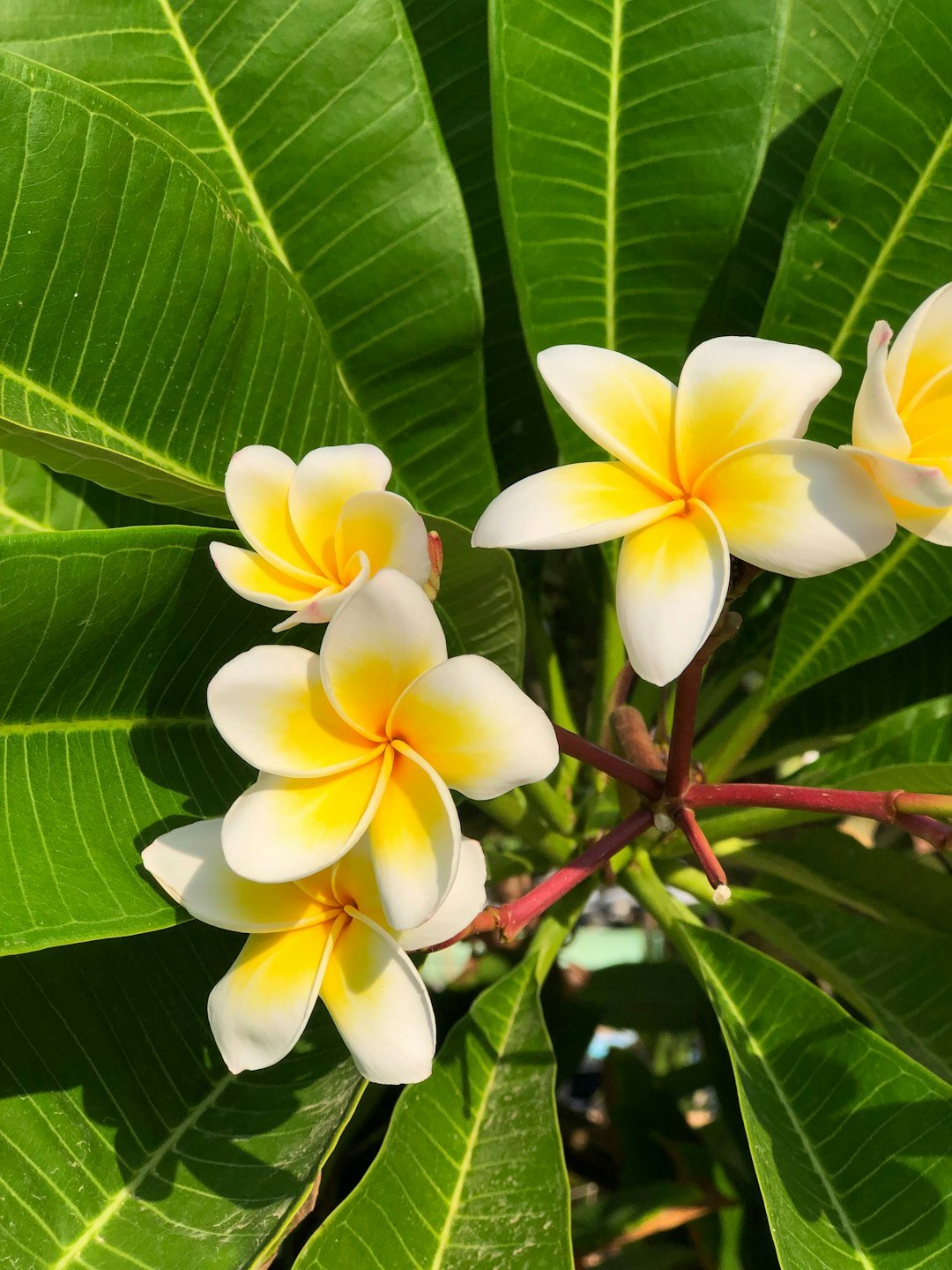
There’s a practical reason and a deeper one. Practically, native plant communities knit hillsides together, filter water, and soften floods; an anchialine shrimp signals a coastal system still breathing between land and sea; picture‑wing flies cue us to forests that remain intact enough to host their intricate life cycles. The deeper reason is cultural and ethical: these species are part of Hawaiʻi’s living heritage, woven into stories, place names, and craft traditions that tie people to land. The Endangered Species Act’s critical habitat rules may sound procedural, but they’re the backbone that forces roads, fences, and permits to reckon with those values before harm is done. Compared to the old approach of saving one charismatic species at a time, today’s ecosystem‑level triage is faster and more honest about how nature actually works. Losing even a single endemic here is like erasing a letter from an alphabet; you can still write, but the language grows thinner.
Global Perspectives
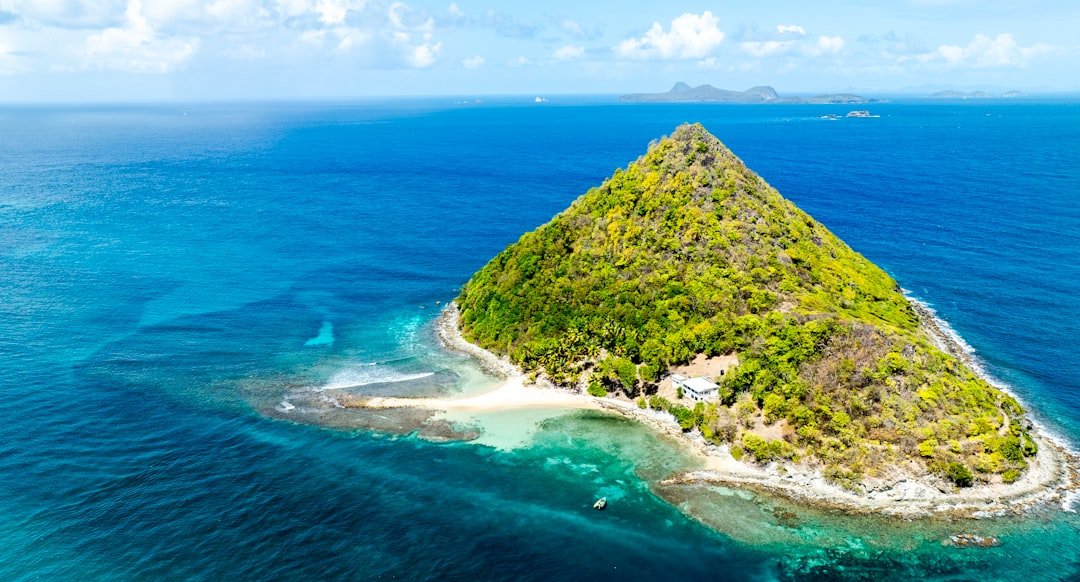
Islands concentrate evolution – and risk. Around the world, from the Mascarenes to New Zealand, conservationists have learned that removing invasive mammals, building predator‑proof fences, and restoring native plant structure can flip trajectories from free‑fall to slow climb. Hawaiʻi has recorded more documented extinctions than any other U.S. state, but it has also pioneered techniques later exported elsewhere, from snaring out feral ungulates to mass‑propagating rare plants for reintroduction. The lesson that travels is that speed matters: waiting for perfect data invites irreversible loss, while iterative action lets science and stewardship learn together. Recent reintroduction efforts for Hawaiian crows, after the species vanished from the wild in 2002,, offered a reminder that reintroductions can rewrite a bleak script when threats are controlled. The fourteen species on Hawaiʻi Island sit squarely in this global conversation, with progress or failure likely to echo far beyond the Pacific.
The Future Landscape

What turns the tide from anxious maps to thriving populations? Expect more fine‑scale monitoring using environmental DNA from mud and water to spot rare species early, paired with AI‑assisted acoustic and camera networks that catch invasive animals before they establish. On the ground, smarter fences that resist treefall and integrated fire lines that swap flammable grass for native shrubs can turn disaster into containment. Nursery capacity and seed banking will have to scale, not just to save genes but to produce the thousands of plants needed to rebuild whole hillsides. For anchialine pools, protecting groundwater recharge zones inland may matter as much as tending the pools themselves. And for the wider forest, success of mosquito control in bird strongholds could ripple outward, keeping pollinators and seed dispersers on the job so the plants on the list aren’t left standing alone. None of this is easy, but it’s all within reach.
What You Can Do
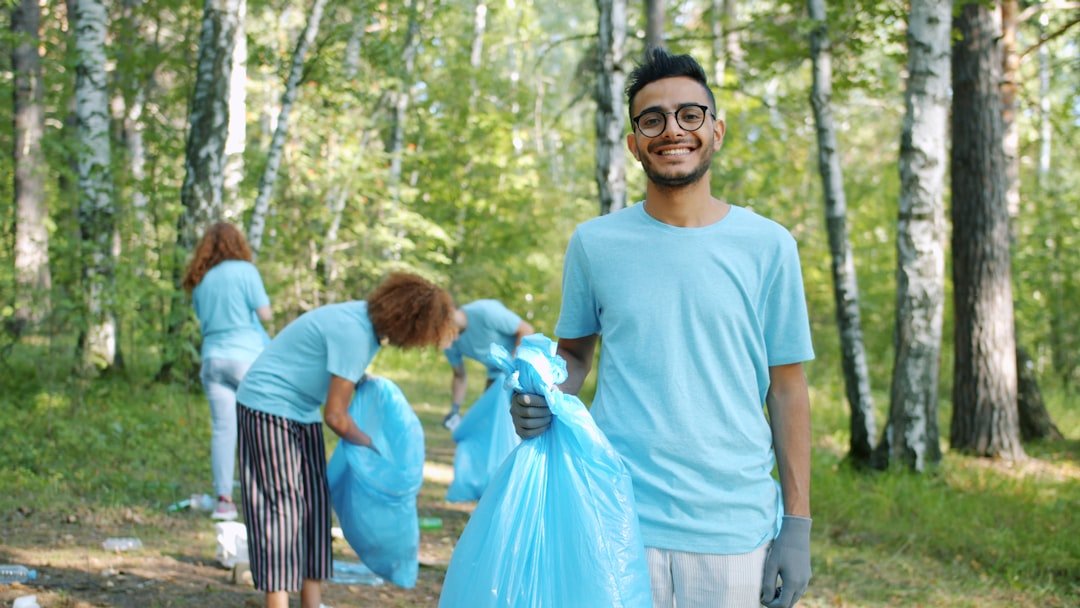
Start small and local: clean boots and gear before and after hikes, stay on marked trails, and use the boot brushes that keep weed seeds from hitchhiking into sensitive areas. Support the crews on the front line by volunteering with native plant nurseries or fence teams, or by donating to programs that manage invasive species and restore anchialine pools. If you live far from Hawaiʻi, you can still help by backing reputable conservation groups and by buying federal Duck Stamps that fund habitat work. Pay attention to public comment periods on land‑use and conservation plans – critical habitat only works when people show up to defend it. Share the story with a friend, especially the part where a fly, a shrimp, and eleven plants hold the line for an entire island’s future. Which of these fourteen would you most want your grandchildren to meet in the wild?

Suhail Ahmed is a passionate digital professional and nature enthusiast with over 8 years of experience in content strategy, SEO, web development, and digital operations. Alongside his freelance journey, Suhail actively contributes to nature and wildlife platforms like Discover Wildlife, where he channels his curiosity for the planet into engaging, educational storytelling.
With a strong background in managing digital ecosystems — from ecommerce stores and WordPress websites to social media and automation — Suhail merges technical precision with creative insight. His content reflects a rare balance: SEO-friendly yet deeply human, data-informed yet emotionally resonant.
Driven by a love for discovery and storytelling, Suhail believes in using digital platforms to amplify causes that matter — especially those protecting Earth’s biodiversity and inspiring sustainable living. Whether he’s managing online projects or crafting wildlife content, his goal remains the same: to inform, inspire, and leave a positive digital footprint.

